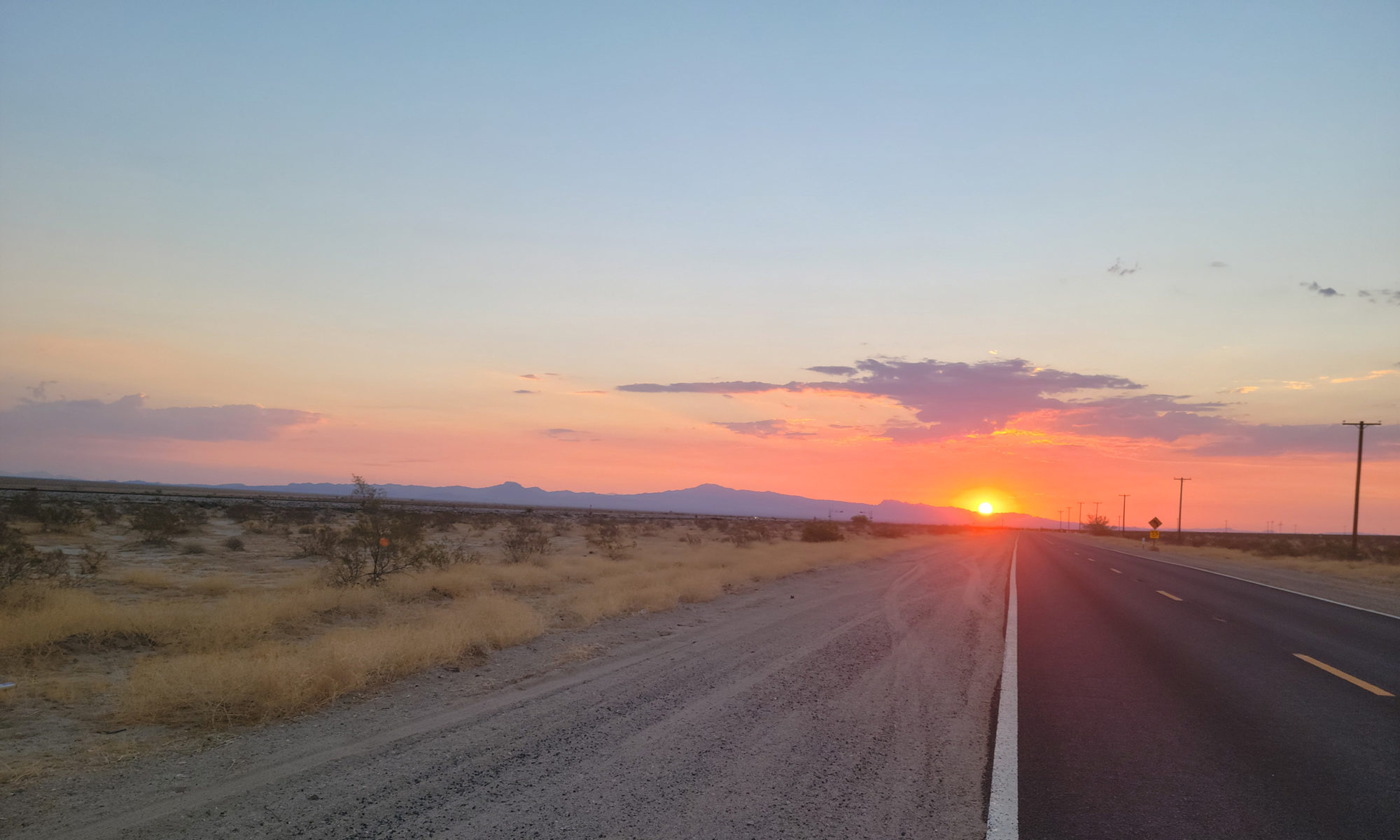Mount Waumbek, February 4, 2022
There’s something primal and ancient about snowshoeing. You hear and feel the crunch of snow under your feet and the sensation courses up through your body and engages all your senses. Every snowshoe step is intentional and takes thought and effort. Just the act of walking is a mindful exercise.
Snowshoeing has been around for some 6,000 years. Though today’s snowshoes are made of lighter, hardier material than the old wooden slabs, the act of snowshoeing remains remarkably similar to how it has been practiced for its entire history.
I was appreciating this history and the fundamental nature of snowshoeing as I plodded up Mount Waumbek a month ago. It was a weekend plan, February 4-5, to snowshoe a couple of New Hampshire’s 4,000-footers (Mount Waumbek qualifies at 4,006 feet) with my friend Kevin. Mount Cabot (4,167) was slated for Sunday.
A widespread snowstorm had just dumped a blanket of the stuff across New England and temperatures remained stubbornly below zero.

The Waumbek climb was gradual and moderate. We hit the trail at noon after my morning drive up from the Valley.
Temperatures hovered around zero and a consistent wind well below, but we sweated our way up the mountain exerting with every step. Thankfully, a couple of snowshoers had preceded our hike earlier in the day and broke trail for us, making the passage much easier.
The view atop Waumbek were spectacular dressed in mid-winter snow and ice. While the Mount Waumbek peak isn’t bare, the trees thin out to a point of providing vast, open views across the northern New Hampshire valleys, across to the Presidential Range on one side and Franconia Ridge to the southeast.
Waumbek is an up-and-back hike and the cold didn’t allow a long respite at the top. We descended at a fast pace stoked for a night’s rest and another hike tomorrow.
Mount Cabot, February 5, 2022

Mount Cabot, Kevin informed me, is often one of the last trails climbed by those who endeavor to hike all of the 48 4,000-footers. It’s an isolated trail, as we found out when we turned off the main road and drove five miles deep into the woods on a snow-covered gravel road.
“Temperature: 12 below zero,” Kevin announced when we parked near the trailhead. We would need to get moving to generate warmth.
After a couple hours of steep climbing, his information about Mount Cabot was proved spot-on. We were enjoying the summit and its rustic hiker cabin when we met another pair of snowshoers just reaching the top.
“That’s number 48,” exclaimed a woman as she set foot on the snowy summit, announcing her completion of the state’s high peaks, all hiked in winter. Mount Cabot was indeed her final peak.
Every time I hike up and back down a New Hampshire peak, no matter the season, I always leave with determination to return again soon. Inevitably, too much time passes between the last one and the next. And it’s happened again. I’m due to return to the high peaks of the White Mountains.
Night Snowshoe, Arcadia Wildlife Preserve, February 25, 2022
Finally, on February 25, we got a real snowstorm in the Valley, though not what was predicted. Still, a fresh coat of 4-5 inches blanketed the forest floor and beckoned a snowshoe outing.
It was a Friday, so following a day of work, my friend Karen and I donned snowshoes, headlamps and poles and headed through my backyard into the darkness of Arcadia Wildlife Preserve.

Night snowshoeing is its own special category of adventure. The crunch of snow still accompanies every step, but you navigate by the singular beam cast by a headlamp, slipping through shadows and the blackness of tree cover and night sky.
The trails of Arcadia are familiar to me after five years of living next to them. But at night, in the snow, they take on a different, more mysterious, ambience. I lose my familiarity and at times have to stop and decipher where I am. It adds a dose of excitement and discovery to the adventure.
This night snowshoe was about 3.5 miles, through the woods to a circular trail deep in the forest where the carcass of a 1930s-era truck remains. How it got there I have no idea. In the night snow the old truck sat forlorn, barely recognizable as a once-useful vehicle. The ghost of a driver behind the intact steering wheel could be sensed in the haze of the dark.
A night snowshoe through Arcadia out my backyard has become an annual pilgrimage. Already looking forward to next year’s.




